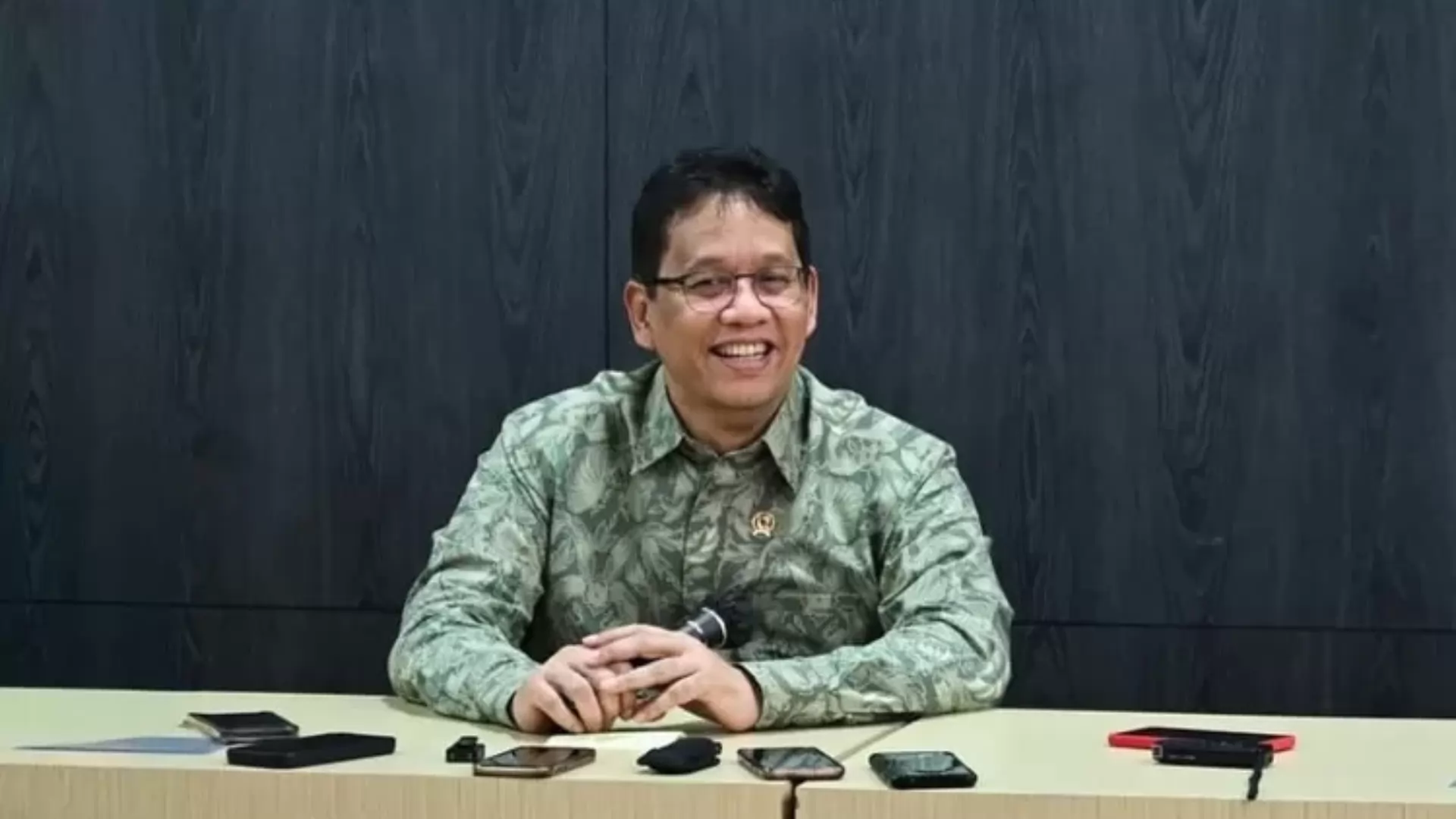
Bussiness | Economy
Indonesia to Distribute $420M Social Aid in Rice & Cooking Oil This October - November!
/index.php
Bisnis | Ekonomi - Posted on 22 September 2025 Reading time 5 minutes

Players in the tobacco industry and farmers are awaiting the policy decision on Tobacco Excise Duty (CHT) from Finance Minister Purbaya Yudhi Sadewa. This anticipation has grown stronger after Purbaya remarked that the current cigarette excise rates are excessively high.
He even shared that when he asked his staff about the trend in excise tariffs, he was surprised to learn that the cumulative increases had already reached an alarming level. According to him, the average excise rate imposed on tobacco products stands at around 57%.
“There seems to be a rather strange way of making policy here. I asked, what’s the average cigarette excise rate now? 57%. Wow, that’s way too high. You’re like Pharaoh,” he joked during a press conference at the Ministry of Finance, Friday (Sept 19, 2025).
He further explained that if excise rates were lowered, state revenues might actually increase. Nevertheless, he acknowledged that the high tax policy was not solely for revenue purposes but also intended to reduce cigarette consumption and shrink the tobacco industry. “So clearly, the policy isn’t just about revenue. It’s also about cutting cigarette consumption, which in turn makes the industry smaller and reduces its workforce. That’s fine, and the WHO is behind it,” he noted.
However, Purbaya argued that the design of the CHT policy so far has not been optimal. The regulation, he said, failed to account for the number of workers at risk of being affected. As a result, many tobacco companies were forced to streamline operations, thousands of employees lost their jobs, and farmers’ tobacco sales dropped. “I asked, do we already have a government program to mitigate the unemployed workers impacted by this? The answer was none. How can that be?” he said.
He emphasized that risk mitigation for affected workers must be carried out first before implementing policies that intentionally shrink the cigarette industry. This way, the resulting policy will be more effective. “As long as we don’t have a program to absorb unemployed workers, the industry should not be shut down, because it will only create more hardship,” he added.
Chairman of the National Leadership Council of the Indonesian Tobacco Farmers Association (DPN APTI), Agus Parmuji, said tobacco farmers and communities depending on the tobacco sector place high hopes on the central government to reform the burdensome excise regulation. “We see the Minister’s statement as a glimmer of hope. We expect Purbaya to reassess and revise the tobacco excise regulation, which so far has harmed the industry and worsened farmers’ economic situation,” Parmuji said in an official statement.
He explained that when the industry is hit with high excise costs, it directly affects tobacco absorption at the farmer level due to declining consumer purchasing power. This downturn, he added, has been felt for the last five years, especially in regions that are tobacco-producing centers. “What we feel is that farmers are not gaining profits but instead facing losses. Therefore, strategic steps from the central government are needed to prevent policies that further weaken the tobacco sector,” he asserted.
Besides demanding a reduction in excise rates, farmers are also urging the government to design a policy to legalize illegal cigarettes. “The goal is to ensure illegal cigarettes don’t continue eroding the market share of legal products. The impact is also negative for farmers, since in illegal cigarette cases, there is no price clarity for tobacco raw materials,” he explained.
Business players believe that lowering excise rates could serve as an incentive for the Tobacco Industry (IHT) to survive amid weakening consumer demand and the spread of illegal cigarettes. Chairman of the Indonesian Cigarette Manufacturers Association (Gappri), Henry Najoan, supported Minister Purbaya’s initiative to review excise rates and combat illegal cigarettes. “Lower excise rates will narrow the price gap between legal and illegal cigarettes, allowing more market room for legitimate products,” Henry said in an official statement, Wednesday (Sept 17, 2025).
According to him, this move aligns with the current conditions of the national legal tobacco industry, which in recent years has faced immense pressure. The business community has been waiting for such a policy. Henry added that Gappri has already sent a letter to the Finance Ministry requesting an audience, so the minister can gain a firsthand, objective understanding of market realities.
He also highlighted that over the last five years, cigarette excise tariffs have risen by 67.5% and Retail Selling Prices (HJE) by 89.5%. This has pushed legal cigarette prices beyond reach, while illegal products thrive due to the wide price gap. Gappri also expressed gratitude to the Ministry of Finance, especially the Directorate General of Customs and Excise (DJBC), for persistently cracking down on illegal cigarettes through “Operation Octopus.” “We hope the operation will not only target distribution chains but also the producers of illegal cigarettes,” he added.
Meanwhile, Deputy Finance Minister (Wamenkeu) Anggito Abimanyu stated that no decision has been made yet regarding tobacco excise rates for 2026. He explained that whether the rates will rise or not depends on the evaluation of performance throughout 2025. “We just received the target figures. We’ll see how the 2025 evaluation turns out before deciding on 2026,” Anggito said at the Parliament Complex in Senayan, Jakarta, Thursday (Sept 18, 2025).
For reference, the 2025 tobacco excise revenue target is set at IDR230.09 trillion. As of July 2025, revenue realization had reached IDR121.98 trillion, or 53.01% of the annual target.
Source: bisnis.com
What do you think about this topic? Tell us what you think. Don't forget to follow Digivestasi's Instagram, TikTok, Youtube accounts to keep you updated with the latest information about economics, finance, digital technology and digital asset investment.
DISCLAIMER
All information contained on our website is summarized from reliable sources and published in good faith and for the purpose of providing general information only. Any action taken by readers on information from this site is their own responsibility.